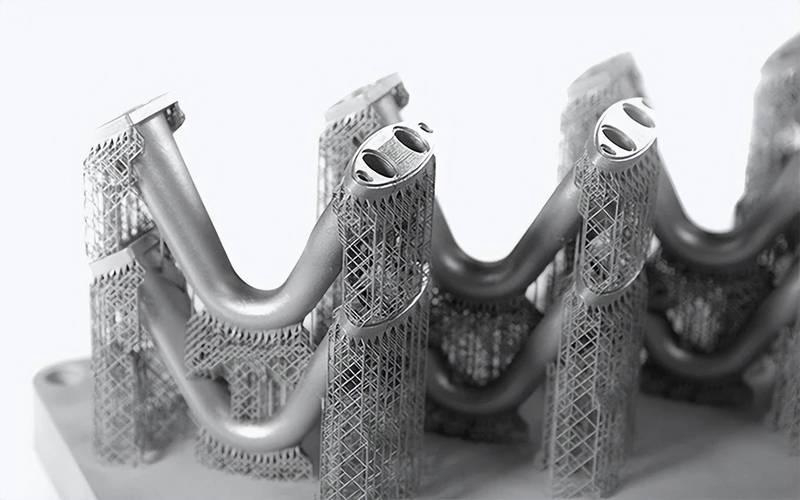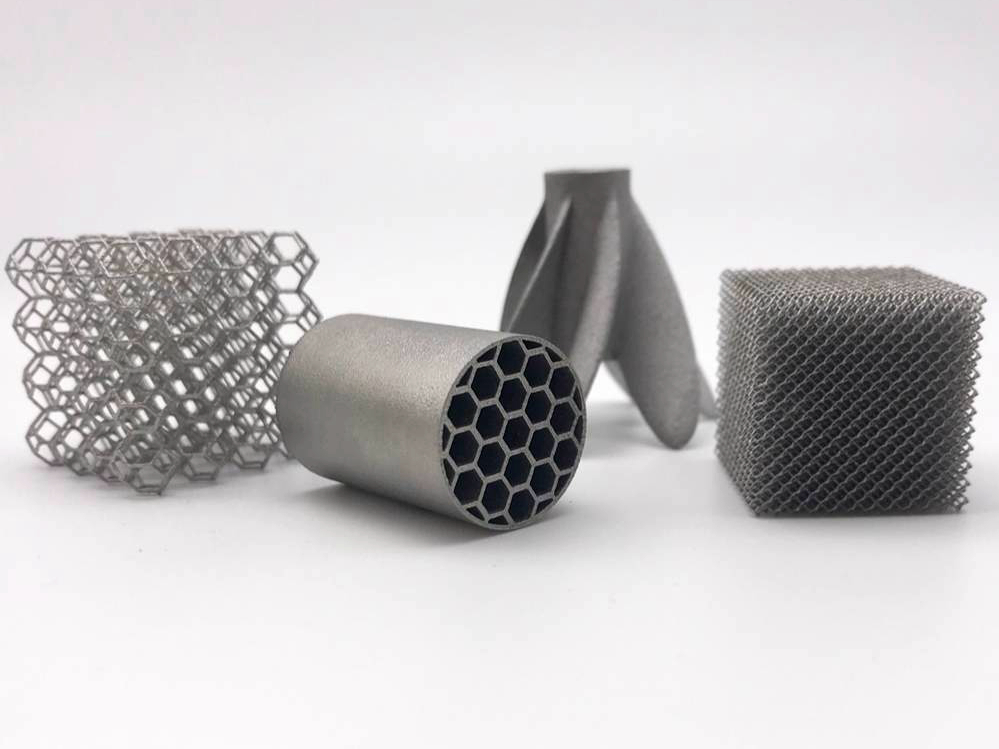What are the common heat treatment processes used for 3D printed parts?
Common Heat Treatment Processes Used for 3D Printed Parts
1. Stress Relief Annealing
Stress relief is the most widely applied heat treatment for metal 3D printed components. The rapid thermal gradients during layer-by-layer deposition induce residual stresses that may lead to warping or cracking. Stress relief is typically performed at:
Titanium alloys like Ti-6Al-4V: 500–650°C for 1–2 hours
Nickel alloys such as Inconel 718: 870–980°C for 1 hour
Tool steels like Tool Steel H13: 600–650°C post-build
This process stabilizes dimensions and reduces cracking risk during post-processing.
2. Solution Treatment and Aging (STA)
Commonly used for precipitation-hardenable alloys, STA enhances strength and fatigue performance. The solution phase dissolves alloying elements, followed by controlled aging to form strengthening precipitates.
Inconel 625 and Hastelloy C-276: Solution treated at 1150°C, aged at 700–800°C
17-4 PH stainless steel such as SUS630: H900 aging cycle at 482°C for 1 hour
This results in improved mechanical properties with yield strength exceeding 1100 MPa in some cases.
3. Annealing
Annealing softens the material, refines the grain structure, and enhances ductility. This is often used for:
Ti-6Al-4V ELI (Grade 23) in medical implants
SUS316L in pressure-containing parts
Typical annealing temperatures range from 700–950°C depending on the material and required properties.
4. Tempering
After hardening, tempering reduces brittleness and adjusts hardness levels to meet application-specific performance. Tempering follows quenching in tool steels such as:
Tool Steel D2: Tempered at 200–550°C
Tool Steel 1.2709: Aged after solution heat treatment for enhanced hardness
5. Hot Isostatic Pressing (HIP)
HIP applies high pressure (up to 200 MPa) and elevated temperatures to eliminate internal porosity in parts such as Haynes 230 or Ti-6Al-2Sn-4Zr-2Mo. This increases density and fatigue life, making HIP essential for aerospace and medical-grade applications.
Recommended Post-Treatment Workflows
Neway 3DP provides tailored thermal processing solutions based on part application:
Heat Treatment For stress relief, aging, annealing, and tempering to meet performance targets.
Hot Isostatic Pressing For densification of mission-critical components.
CNC Machining For precision finishing post-heat treatment.
These processes are customized to specific material requirements and qualified to industry standards for mechanical and thermal performance.



